If dark, splotchy patches on your face just won’t fade away, you might be dealing with a type of hyperpigmentation called melasma.
According to the American Academy of Dermatology, melasma affects nearly 5 million Americans, most of whom are women, and is commonly triggered by hormones and sun exposure. It doesn’t pose any health risks.
The condition can be improved with the right regimen, although you might never totally even out your complexion. Treating melasma improperly, however, can worsen the situation and some skin lighteners on the market can be dangerous.
To sift through the safe treatment options, HuffPost asked dermatologists for tips on how to tame melasma flare-ups, especially as we head into the peak sun season.
What is melasma?
Characterized by smudgy brown discoloration of the skin, melasma appears when melanocytes, the cells that produce pigment in the skin, go into overdrive. It’s different from “other forms of hyperpigmentation, like what is left behind scars and acne,” said Jeremy Fenton, a board-certified dermatologist.
Melasma most commonly appears on the forehead, upper lip and cheeks, and women are more prone to the condition than men. Individuals with darker skin are especially at risk, though it’s unclear why.
“Melasma can come and go, particularly worsening during times of increased estrogen, such as pregnancy,” said Marisa Garshick, a board-certified dermatologist.
Sunlight can darken melasma dramatically, and just sitting by a window for a few minutes can trigger it. “It’s extremely sensitive to light,” Fenton said.
Garshick added that there’s some evidence that blue light can aggravate melasma, so she said finding a sunscreen that “offers broad-spectrum SPF 30 or higher and blue light protection” is ideal.
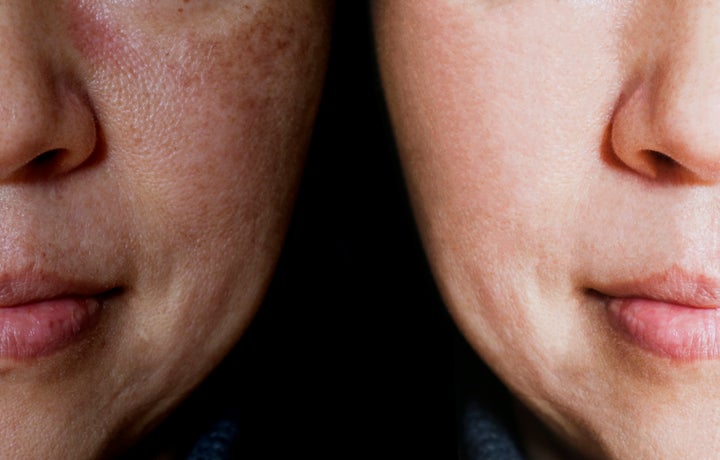
Minimizing sun exposure is key.
Look for sunscreens that are physical blockers, containing zinc or titanium, to minimize UVA and UVB exposure. For blue light protection, Garshick recommended an iron-oxide formula.
Wide-brimmed hats that offer more coverage than a baseball cap are best, advised Brendan Camp, a board-certified dermatologist who also suggested that people affected by melasma don other sun-protective clothing ― like a multi-purpose bandana that can be turned into a head covering or neck wrap.
“Companies are now making SPF face masks,” he added, which when used with sunscreen can help mitigate sun exposure.
And, of course, reapply sunscreen often throughout the day.
Try these safer remedies.
When treating melasma with a topical product, you’re “suppressing the melanocytes from producing pigment,” Fenton said. In other words, you’re trying to lighten the melasma patches.
There are two over-the-counter varieties of lightener: those that contain hydroquinone and those that don’t.
Two percent hydroquinone has been used for years and is considered the most effective course of treatment for melasma. Dermatologists can prescribe a 4% concentration ― but don’t assume that more is better. Prolonged use or too high a concentration of hydroquinone can cause a condition called paradoxical ochronosis, which Garshick explained as further hyperpigmentation.
Even if you’re buying 2% hydroquinone products over the counter, it’s best to also consult with a board-certified dermatologist. And be patient ― results can take up to three months.
Non-hydroquinone-based lighteners rely on azelaic acid or kojic acid. These chemical exfoliators move the pigment out of the skin and should be used with a topical antioxidant to calm inflammation. Both Garshick and Camp like products with vitamin C to address free-radical damage and improve overall skin tone. Plus, vitamin C is a skin brightener, so that’s a bonus.
Resist the temptation to over-exfoliate. “An aggressive treatment that exfoliates may make things look better short-term, but there’s often a rebound flare,” Fenton said. “This is probably the biggest mistake I see people make.”
For melasma that’s unresponsive, a dermatologist can offer in-office chemical peels or a prescription like Triluma, which contains a combination of hydroquinone, a retinoid and a steroid. Garshick also recommended the Q-Switched Nd:yag or Pico lasers, which have both been effective.
Avoid these treatments.
Many online products touted to treat hyperpigmentation are ineffective and potentially dangerous. An article published in Harvard Health advised against the use of oral or injected glutathione products to lighten skin because they can impair thyroid or kidney functions.
Camp also warned against at-home remedies believed to lighten skin. “Lemon juice, apple cider vinegar, onions or garlic could make the skin more sensitive to the sun or cause post-inflammatory hyperpigmentation,” he said.
Below, check out several over-the-counter products that these dermatologists do recommend to treat and prevent melasma from flaring up.
HuffPost may receive a share from purchases made via links on this page. Prices and availability subject to change.
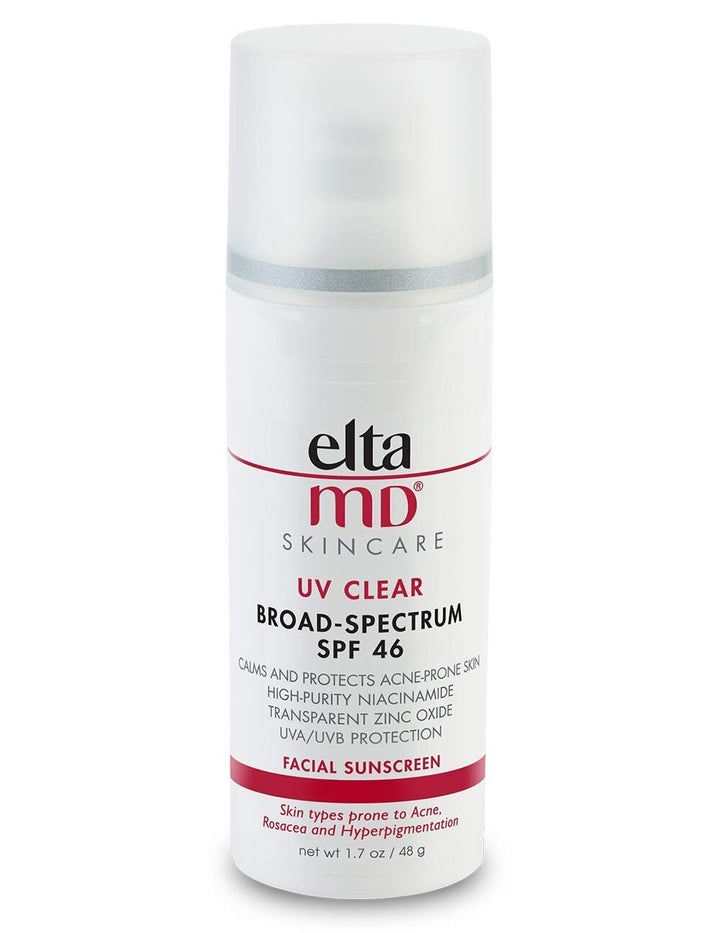
With physical and chemical blockers, this dermatologist-recommended sunscreen goes on sheer.
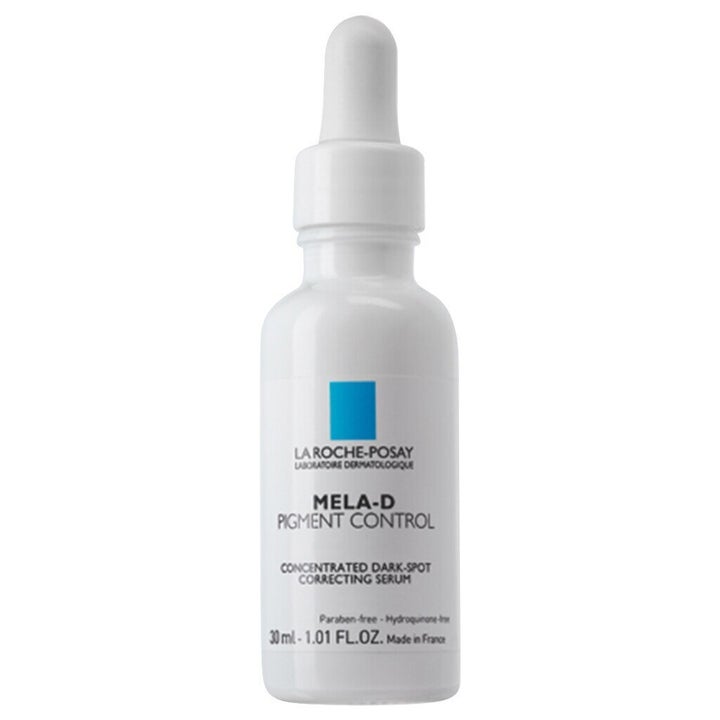
A serum with kojic acid, which interferes with melanin production.
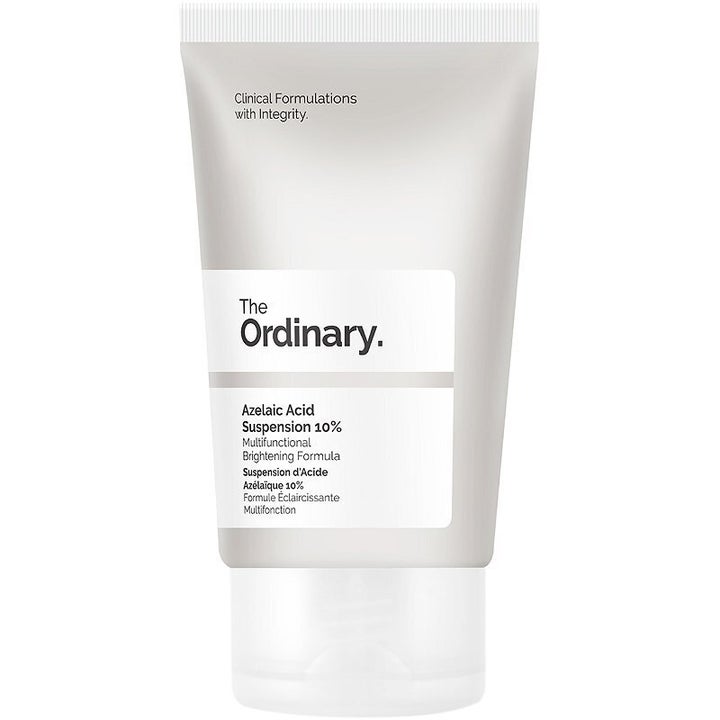
Higher concentrations of azelaic acid require a prescription, but it can be purchased at lower concentrations over the counter, like this product from The Ordinary.
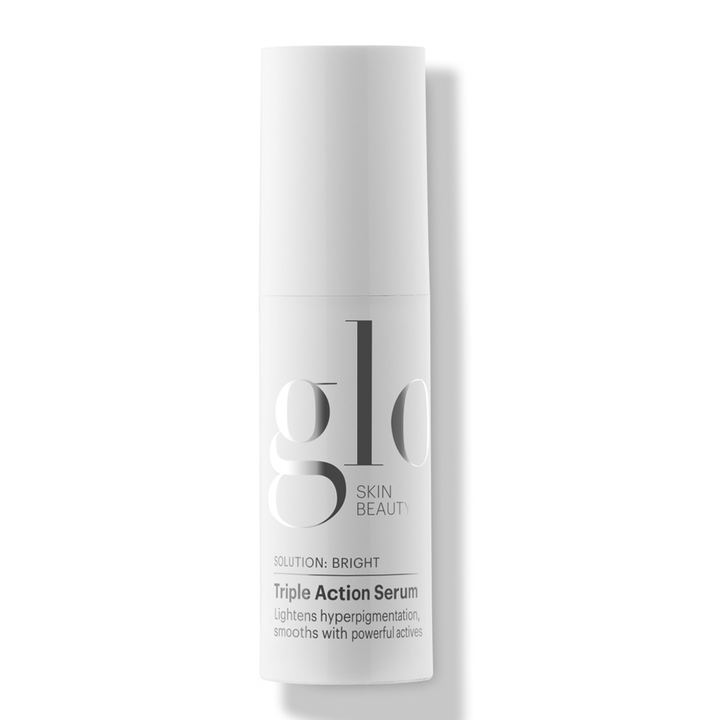
A formula containing 2% hydroquinone along with glycolic acid and retinol.

Vitamin C can help brighten the complexion and repair free-radical damage.
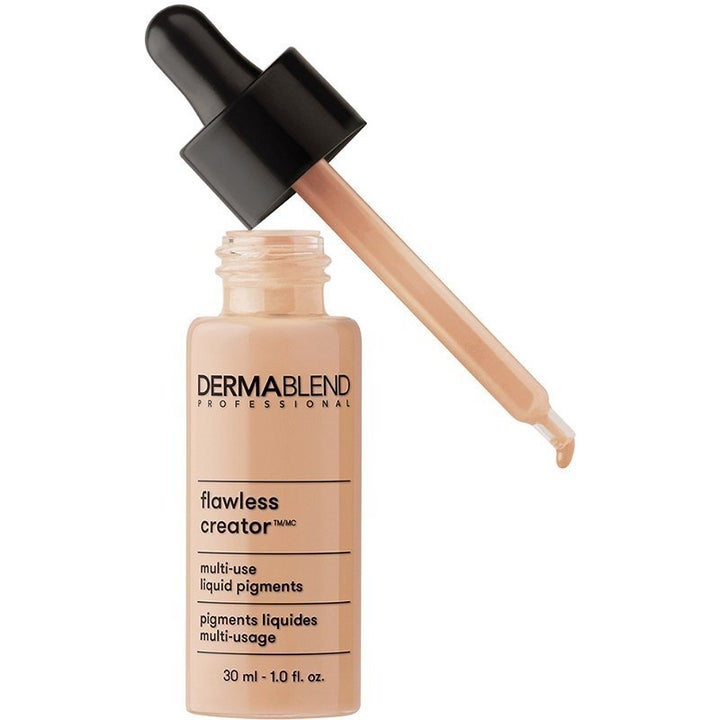
An award-winning camouflage for dark spots.
